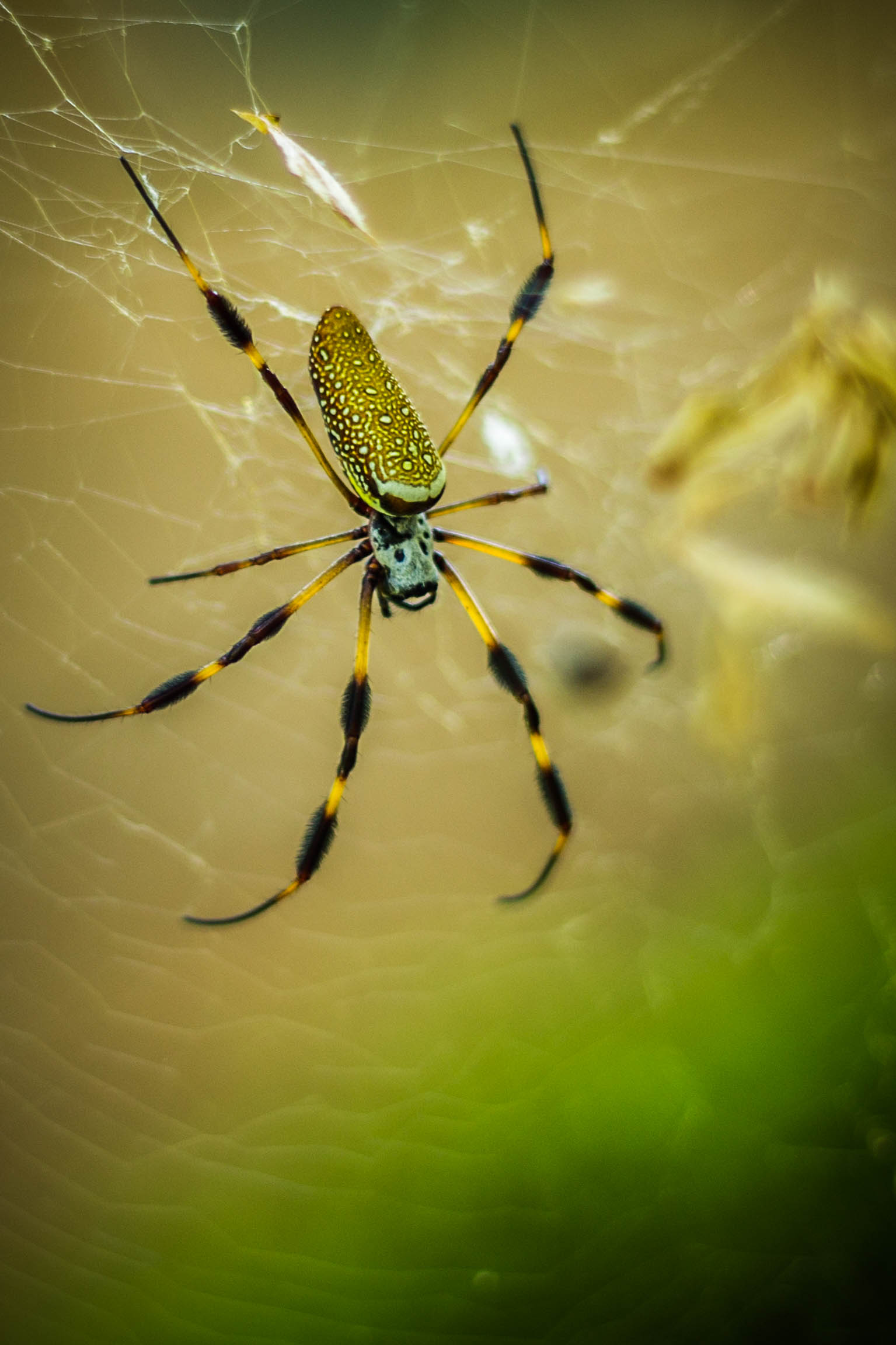13 The Magnificence of Spider Silk: Scientific Paper
Hayashi made her mark on spider silk research early into her professional career, only 3 years after finishing her PhD at Yale. Her article, “Hypotheses that correlate the sequence, structure, and mechanical properties of spider silk proteins,” has been cited 750 times since its publication in 1999. This article goes over the variation between types of spider silk and their mechanical properties. Her research focused on how amino acid sequences influences protein structure, which determine mechanical properties of the spider silk. Through this research she discovered that beta sheet regions have the ability to become crystalline. These crystalline regions act as a binder between protein molecules and provide the tensile strength of spider silk.
“Hypotheses that correlate the sequence, structure, and mechanical properties of spider silk proteins” establishes a fundamental hypothesis that all modern spider silk research builds off of. By sequencing the cDNA of silk from the spider Nephila clavipes, or the Golden Orb Weaver, Hayashi found that spider silk is primarily made of four amino acid motifs. This suggests that the secondary and tertiary structures of the fibers can be predicted, forming a helix-structure that is trademark to elastic silk. Having a repeatable and predictable structure to silk indicates that there is potential to explore the differences between various spider silk structures and identify differences in their motif sequences. Furthermore, researchers can attempt to replicate spider silk artificially given the hypothesis Hayashi established.
Current research still cites Hayashi’s 1999 as an establishing article to the understanding of spider silk strength. The potential of spider silk has spread into many different fields, including the nanoscale manufacturing of silk via electrospinning. In 2024, Shin et. al examined how spider silk lost mechanical strength after the electrospinning process. They cited the observation that the secondary structure of silk, i.e. hydrogen bonding via beta sheets, collapses after a high voltage is passed through the silk. Because electrospinning requires voltage to create nanofibers, Shin et. al passed a controlled amount of voltage through the silk and examined the crystalline structure. They found that the industrial levels of voltage during electrospinning permanently damaged the strength of spider silk, and low voltages of 0.1 V/nm should be used when electrospinning silk.


